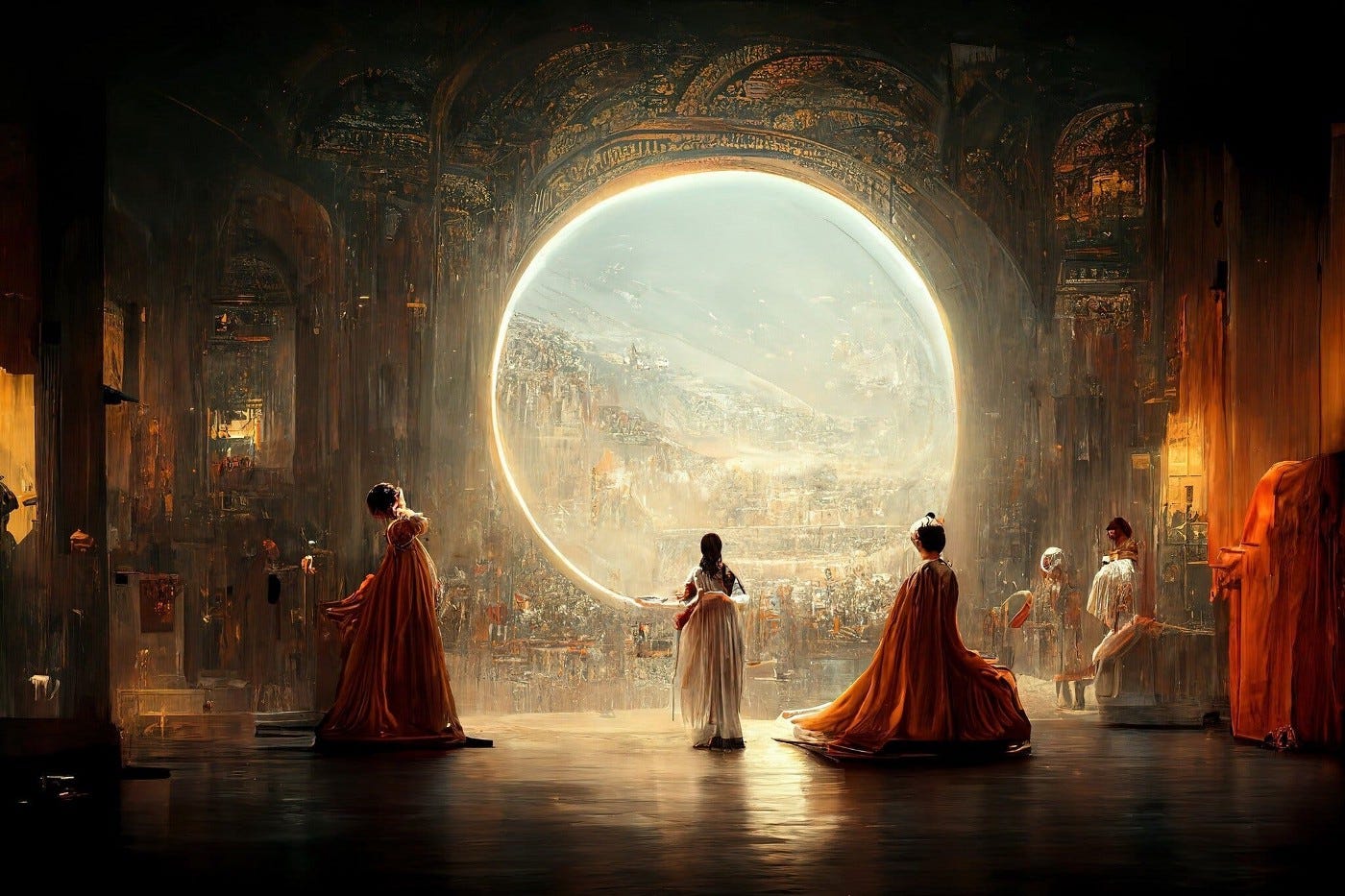AI Personalities
Training AI on the unique characteristics of individuals
In 1937, Napoleon Hill published Think and Grow Rich, now considered a classic in the self-improvement genre. Several topics from that book may seem outdated today, but one idea worth revisiting is the “imaginary council of invisible mentors”:
I followed the habit of reshaping my own character, by trying to imitate the nine men whose lives and life-works had been most impressive to me. These nine men were, Emerson, Paine, Edison, Darwin, Lincoln, Burbank, Napoleon, Ford, and Carnegie. Every night, over a long period of years, I held an imaginary Council meeting with this group whom I called my "Invisible Counselors."
The procedure was this. Just before going to sleep at night, I would shut my eyes, and see, in my imagination, this group of men seated with me around my Council Table. Here I had not only an opportunity to sit among those whom I considered to be great, but I actually dominated the group, by serving as the Chairman.
I had a very definite purpose in indulging my imagination through these nightly meetings. My purpose was to rebuild my own character so it would represent a composite of the characters of my imaginary counselors.
It is a compelling thought experiment to contemplate. By visualizing interactions with accomplished individuals, one could imagine the valuable perspectives and opinions they might provide.
Scott Belsky (Chief Product Officer at Adobe) shared an interesting app related to this:
The app itself was only recently published by an independent developer. It understandably has limitations, but represents an intriguing premise: what if we could interact with our own "council of invisible mentors” in a more tangible way?
Taking this one step further, imagine consulting your council of mentors as a VR experience. Tech analyst Ben Thompson writes about the power of Zero Marginal Content (a nod to concept of Zero Marginal Cost) for the metaverse:
…instead of pulling content from anywhere on the network, GPT and DALL-E and other similar models generate new content from content, at zero marginal cost. This is how the economics of the metaverse will ultimately make sense: virtual worlds needs virtual content created at virtually zero cost, fully customizable to the individual.
Generative AI applications such as DALL-E, Midjourney, and Stable Diffusion have already produced amazing images. Someone even won first place in a competition last year with AI-generated art.
We are now witnessing a compelling convergence: advanced AI chatbots, generated images, and the boundless creativity of individuals. Training AI on the unique traits of various personalities will lead to incredible possibilities.
Nothing is original
Austin Kleon, author of Steal Like an Artist, argues that “Nothing is original, so embrace influence, school yourself through the work of others, remix and reimagine to discover your own path.”
Generative AI is essentially stealing from artists at scale. There are many ongoing debates about the moral and ethical nature of these systems, but the genie is now out of the bottle. In the following talk at Google, Kleon reflects on the value of imagining how various individuals would approach different disciplines:
What if you got four of your heroes in a room and they collaborated on something, what would it look like? Like what would they make?…what if you took what your hero did and stuck it in another discipline, like another context? Like what would Andy Warhol code? What would Stephen King paint?
Such questions may soon be answered by AI applications. Not only can AI be trained on an individual’s entire body of work, but it could also be combined with the works of other individuals. For example, if an AI trained on the paintings of Andy Warhol and writings of Stephen King were to create a cookbook, what would that look like? It’s a silly example but the creative possibilities are endless.
Entire programs could be designed to synthesize some combination of brilliant thinkers and how they might approach different problems. Soon we might receive insightful answers from AI chat prompts such as: “Imagine you are an AI system trained on the entire works of Ada Lovelace, Alan Turing, and Steve Wozniak. Describe an interesting idea for an AI application.”
Training AI systems effectively not only requires vast amounts of data, but deliberate choices regarding the inputs of data. Paul Graham (founder of Y Combinator) imagined an amusing scenario involving AI image generators:
Amjad Masad (Founder of Replit) reflected on the possibility of this happening for books and generated text as well:
Countless experiments will unfold in the training of AI. The value of asking interesting questions and entertaining creative thought exercises is rising. AI may be starting to outperform humans in several areas, but we decide how to train AI. Careful consideration and crafting of training inputs will shape the next generation of AI applications.





